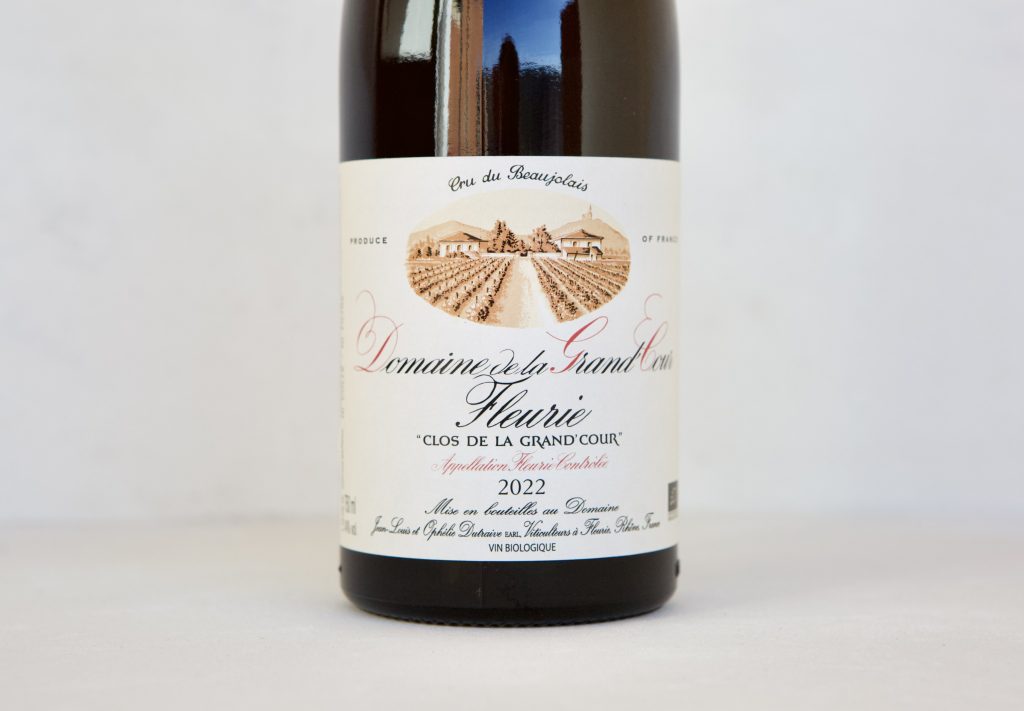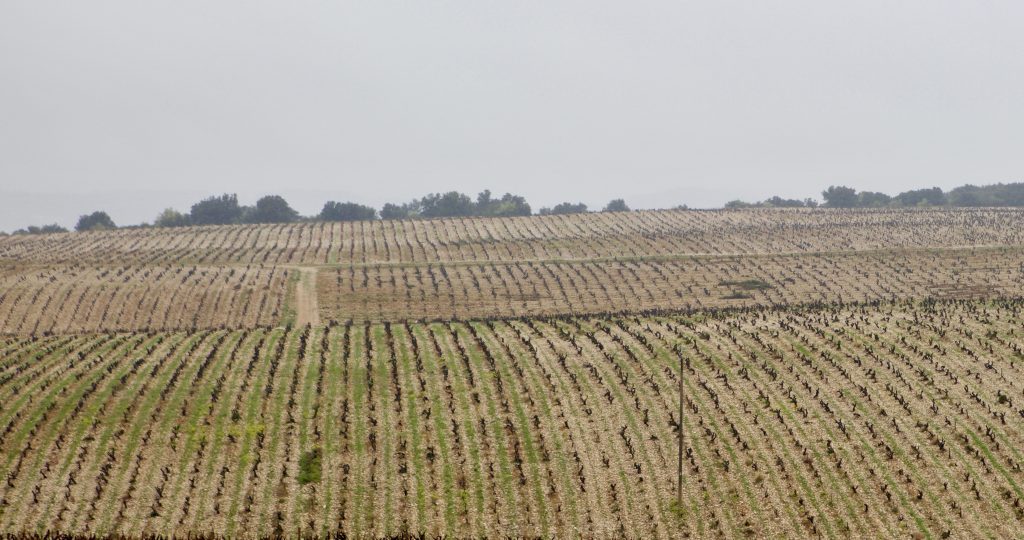
New months continue to roar in like tsunamis and sometimes we’re overwhelmed and suffocated by everything around us. Thankfully, we can lean on a good bottle of wine with good company to remind us of the fortune we have to love and live lives full of wine and food.
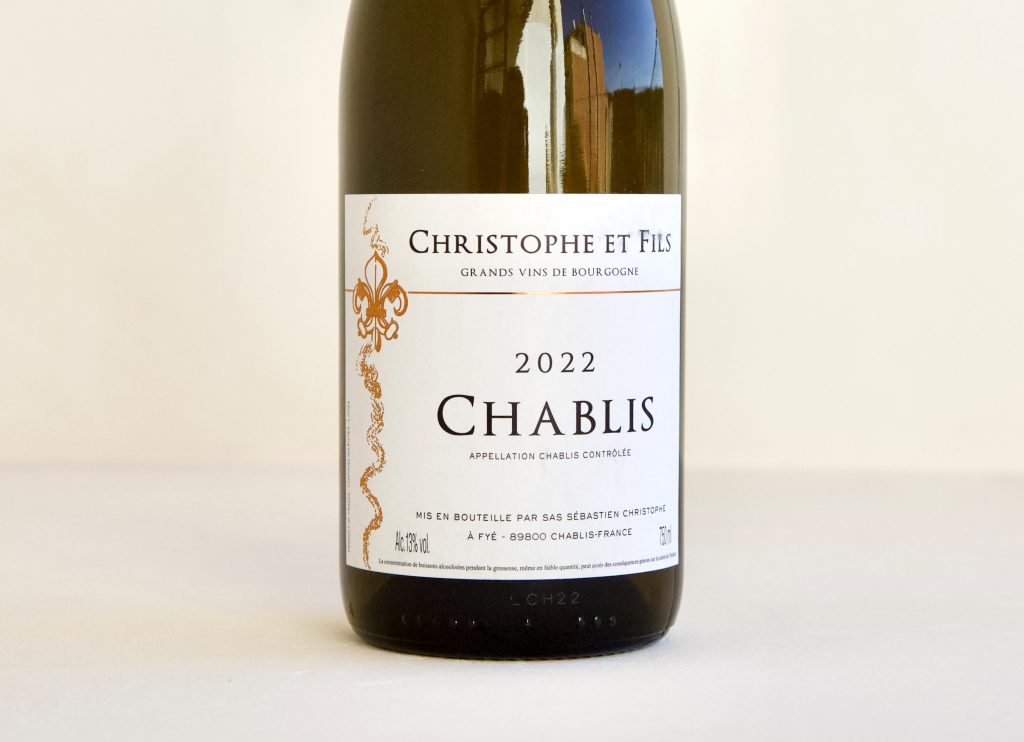
Despite the ever-increasing market demand for Chablis, it remains the world’s best value for a strictly styled Chardonnay, and the character of its terroir continues to be as expressive as usual despite the regularity of solar beatdowns. Regardless of the conditions, each year keeps us engaged with its flint and iodine, even if sometimes the citrus goes tropical, and the acidity balance moves from one drinker’s preference to another’s, it’s still Chablis. Some vintages will cellar well while others burn hot with pleasure in their first few years and may fizzle out early, and this is not a new occurrence. Sébastien Christophe’s 2022 Petit Chablis and 2022 Chablis touched down, and, like every year, we’re not sure which one will come out swinging and which will have to shed its introversion in the second half of 2024—it’s a toss-up with each vintage! 2022 was much warmer than 2021 but the wines remain persistent and attractive. As usual, Sébastien’s interpretation presents a more tucked-in and straight style, despite all his wines being composed of sites on the right bank. Both are near the premier crus Montée de Tonnerre and Mont de Milieu and grand cru sites, mostly toward the south end—the Le Clos side. The Petit Chablis is up on the flatter areas and the Chablis vines are in and around the sloped combs and small valleys. Close to town, the right bank wines are known for their fuller profile and perhaps less minerally quality than most from the left bank. Both are raised in steel and, despite his work with only organic inputs over the last decade, these 2022s are from the first year of official organic conversion with thirty hectares to be certified in 2024.

“We had a small risk of spring frost in early April but without consequences. The veraison process was slowed down by the excessive heat and lack of rain in May and the beginning of June. After some rainy episodes in June, the mid-veraison stage took place during the last days of July and was finally finished in mid-August for much of the vineyard. The persistence of high temperatures in early August allowed good ripening, with an especially significant reduction of malic acid during the first half of the month. In the third week of August, a series of storms and lower temperatures slowed ripening. The return of hot and dry weather in late August allowed maturation to proceed under favorable conditions, promoting a steady evolution of sugar levels and maintenance of good natural acidity. Overall, 2022 experienced unique and exceptional meteorological conditions but remains nonetheless generous and high-quality.”

“Chablis lovers can delight in 2022, hailed as a year to snap up. Those who got it right produced wines with both freshness and ripe fruit flavours, alongside crispness and signature salinity.” (…) “Although a warm and very dry vintage, yields were not excessive and, crucially, acidity is high. The resulting wines are very well balanced with a lovely combination of the freshness and minerality which typifies Chablis, combined with fleshy, ripe, stone- and tree-fruit flavours.”

“It was a very good vintage with extremely healthy grapes” .

“After a complicated year in 2021, winegrowers are smiling with the arrival of the 2022 vintage. (…) Some winegrowers started harvesting as August was ending, but most of them started harvesting in the first days of September.”

“Generally, it is true that the 2022s are more tropical in style, but do not take that for granted. Clever use of canopy management, shading bunches from direct sunlight combined with early picking, means there was the potential to create Chablis representing the best of both worlds: seductive tropical hints without compromising the steeliness and nervosité that define Chablis.”
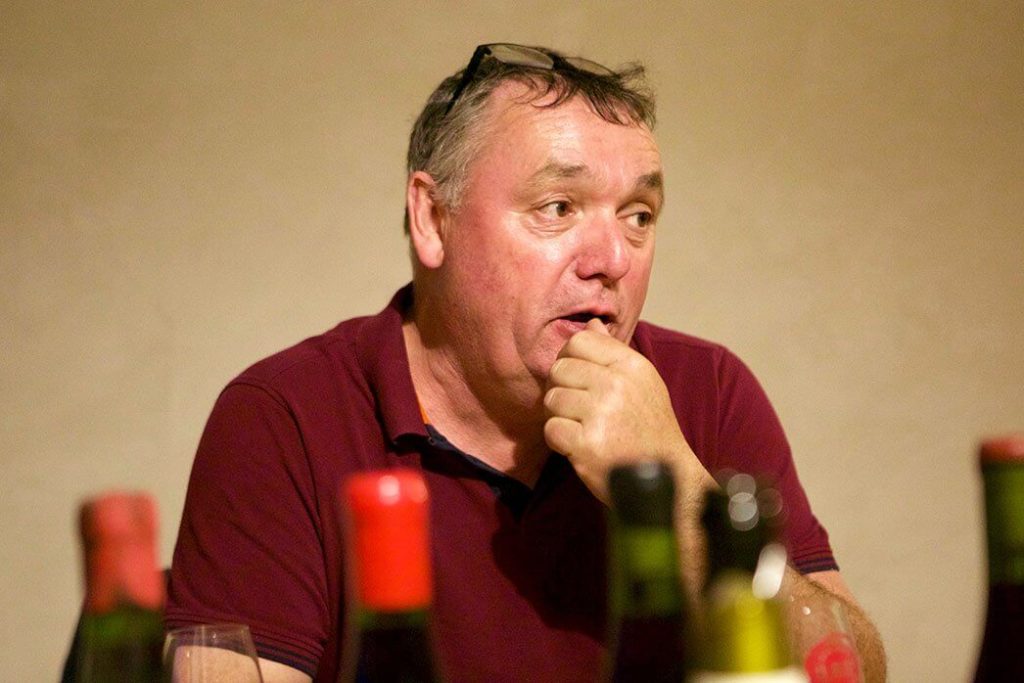
More Dutraive, you say? Ouiii! A few more goodies are dropping in from the 2022 vintage, a convincing return to form for this region that rolled the best they could with the climatic punches and unreal weather challenges such as hail tornados and unusual yearly visits from Jack Frost! Regionally, I find it to be the strongest lineup in consistency and elegance since 2014 and 2015—two very different years with tremendous merit and good yield, though very different in style. We have a dash of Ophélie Dutraive’s rare 2022 Moulin-a-Vent (only a few bottles allotted to requesting accounts), who is now in charge of the family’s domaine and is closely aided by her brothers, Justin and Lucas. Jean-Louis spends his extra time up in the notoriously rustic Ardeche living a provincial, fantasy-version of quasi-retirement; though he says he’s retired, he works all day in the vines when in Fleurie.
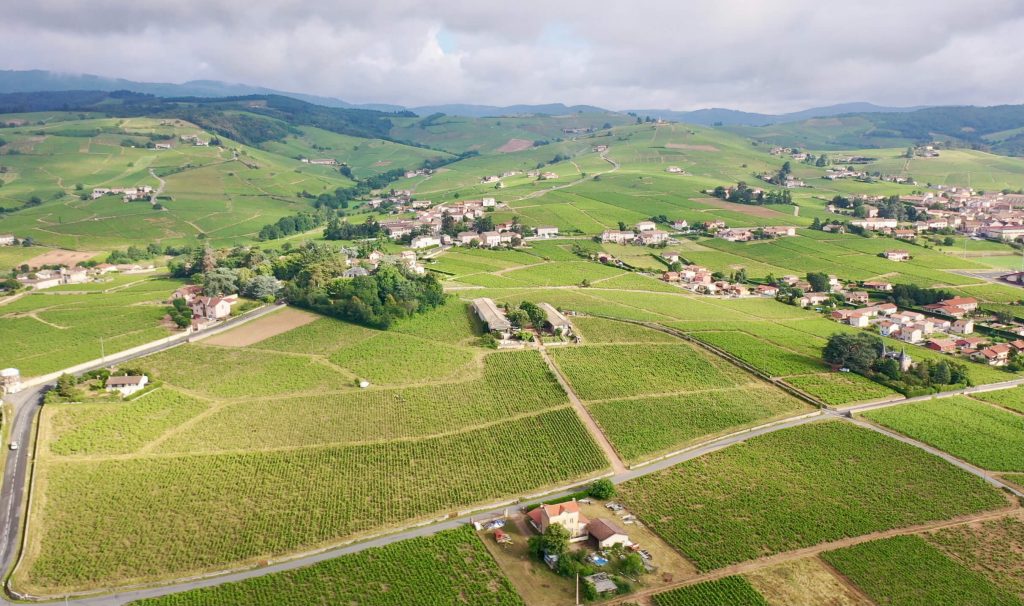
The actual highlight is not the rarer of the two arrivals, but the reload of what we believe (and Jean-Louis often believes) to be perhaps one of the strongest wines in the range. The 2022 Fleurie Clos de la Grand’Cour, the medium-age vines–merely sixty years old–and grown in large old foudre and 228L fût de chêne (Le Clos, by contrast, is from slightly older vines in the same plot and raised in 228L fût de chêne) is often put in third place under the Champagne and Le Clos. However, over the years, Jean-Louis has often demonstrated that it can fight for the top of the podium every season; it only needs more time open (a difficult task for wines so immediately delicious) to earn your reconsideration in the hierarchy. I continue to lament that I wasn’t the believer in the potency of this cuvée in 2014 as I am now—it’s the wine I want the most from that vintage and the one of which I have the fewest bottles. I did not make the same mistake with the 2022.
